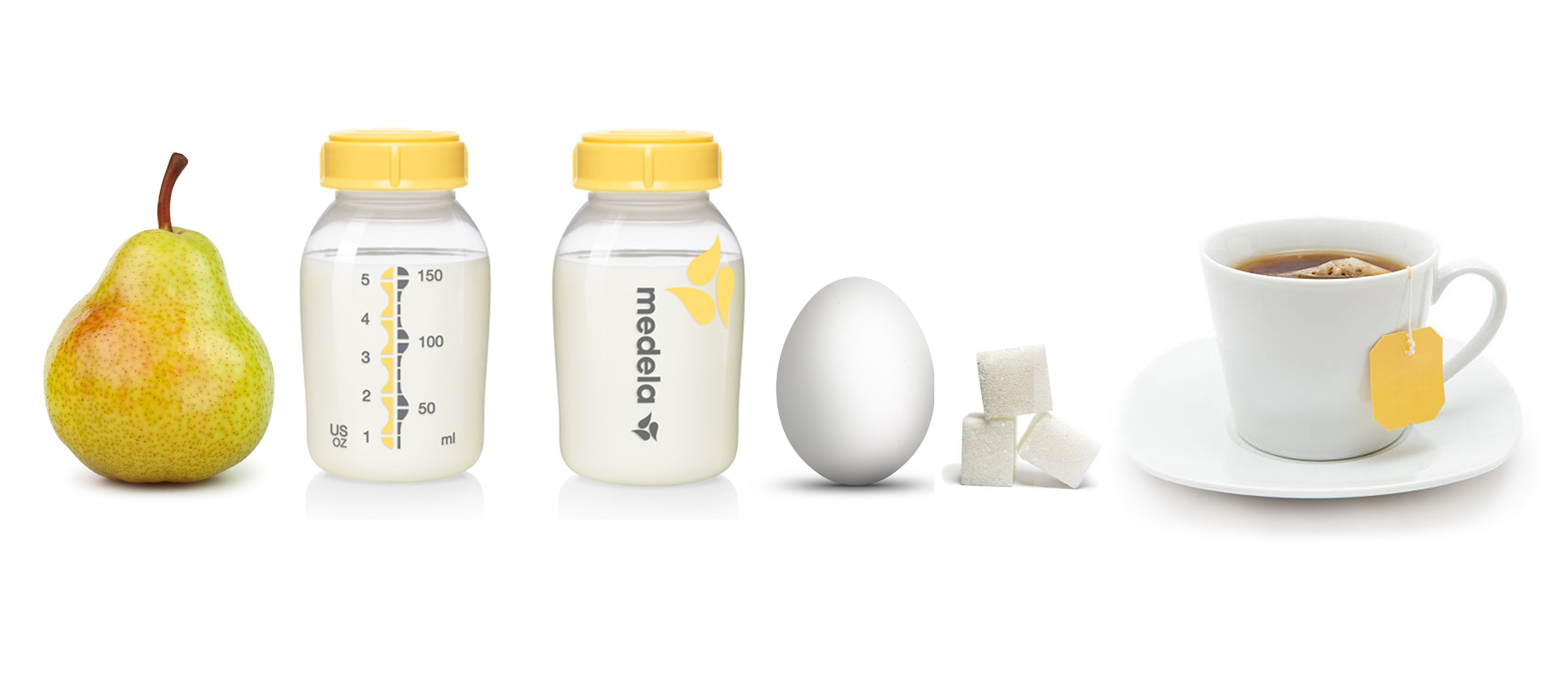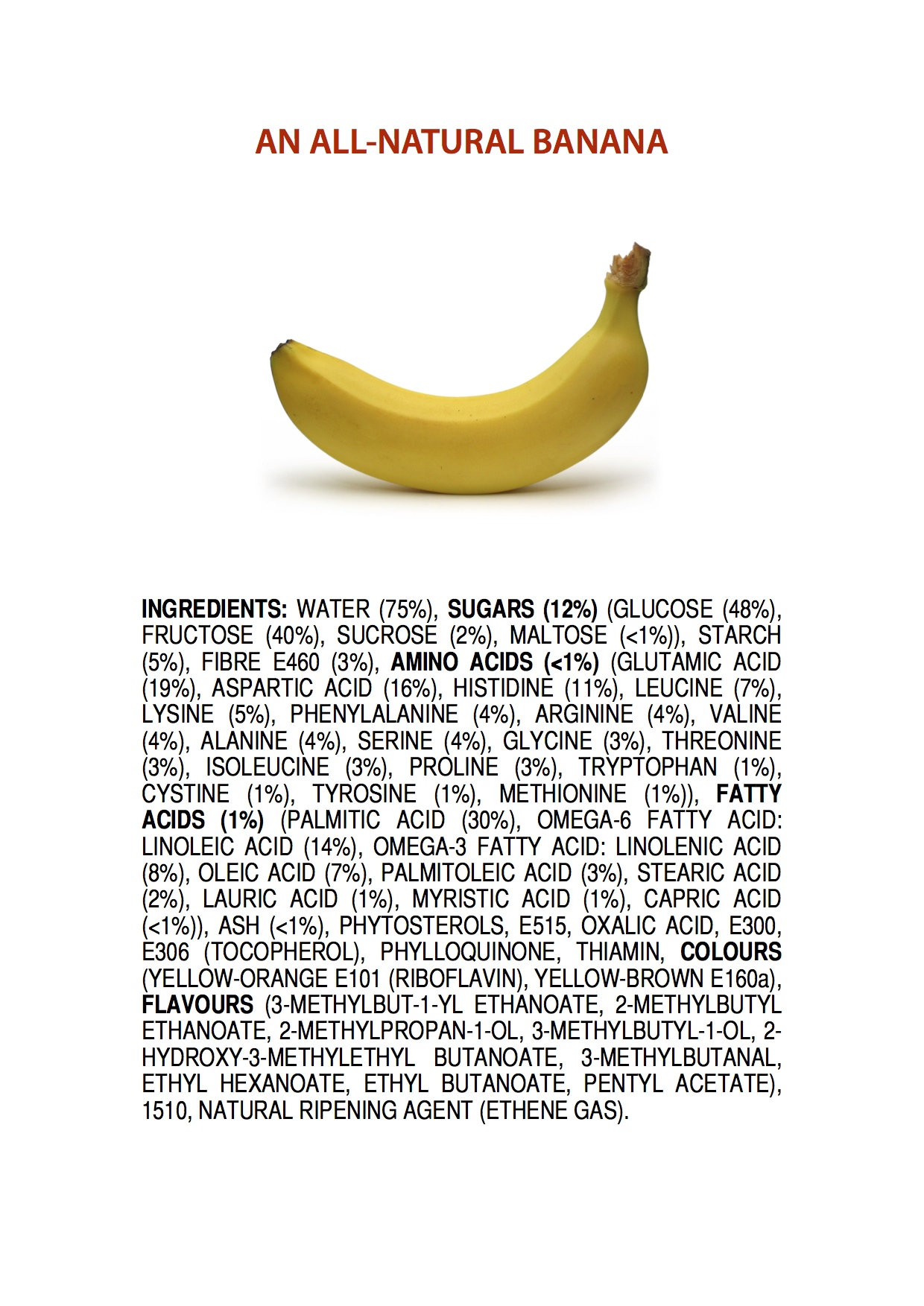One of the things I’m asked about most frequently is the ingredients in the flu shot. Even though the flu shot is the most rigorously and frequently tested vaccine, even people who otherwise fully vaccinate sometimes question what goes into it. I get it. There’s a lot of rhetoric floating around and it’s easy to get confused and nervous. There’s so much about our bodies that we don’t know about.
Fortunately for us, there are a lot of people who have dedicated their lives to understanding our bodies and how to keep them healthy. There are epidemiologists studying and tracking infectious diseases. Scientists finding ways to teach our bodies to proactively fight them off, and watching them closely, carefully, constantly to make sure they’re safe and beneficial. Doctors who spend years in school so that they can help us make the best choices to keep ourselves and our families healthy. I trust experts to fly my planes, service my vehicles, grow my food, keep my water clean. I ask questions – we all should! And I trust my doctors to help me make the best choices for my own health and the health of my family. Part of those choices includes vaccination.
So you’ve seen a list of ingredients in your flu shot and it seems terrible. The words are familiar and scary-sounding, and you don’t really understand why all of those things are in your shot, and there are so many people out there telling you how bad all of these things are for you. So lets take a few minutes and go through the ingredients. Before we start, the first thing to remember is that the dose makes the poison. Too much of anything can kill you. A small amount of most things can be taken safely. The volume of whatever we’re talking about is the key. For example, have you heard about how dangerous dihydrogen monoxide can be for you if you have too much? And it’s everywhere. In the air, in our food, in our gardens, and it’s coming out of our taps in huge quantities. Why aren’t we concerned when we know that too much of it could kill us? Because dihydrogen monoxide is H2O. Water. It makes up 60% of our bodies. But it sounds scary when we call it by it’s chemical name, doesn’t it? Most things do. Let’s talk about this with that in mind, and we’ll gain a little more understanding of what’s in our flu shots. Let’s go!

Image: Refutations to Anti-Vaccine Memes
FORMALDEHYDE
This is at the top of most people’s list, and if your experiences dissecting frogs and starfish in high school biology were anything like mine, I know what’s in your head. What most people don’t know, though, is that formaldehyde is actually a naturally occurring substance that’s already circulating in our bodies and in a lot of our food, and it’s easily and quickly metabolized. While formaldehyde in extremely high doses would be dangerous for you, the amount that is contained in a vaccine is tiny, and helps to make the vaccine safe and effective.
There’s not just more in a pear, there’s exponentially more in a pear. In fact, there’s far more in a single pear than there is in the combined total of a lifetime of vaccines on the regular schedule. And in apples. And plums and shiitake mushrooms. And a long list of foods that are probably already part of your diet. If you’re not avoiding pears and apples and most food in general because of formaldehyde, then you don’t need to worry about the very small amount that you’ll find in a vaccine. Vaccinate without fear of this substance, everyone! Your body already makes it and knows exactly what to do with it.
MERCURY
This is the next one that I hear most frequently. Before we go any further, if you want your flu shot without thimerosal (ethyl mercury) you can request this. Thimerosal is only used in multi-dose vials to preserve the safety and integrity of the vaccine when there are multiple doses drawn from a single vial. You can request to receive a thimerosal-free shot, drawn from a single-dose vial. But let’s talk about why they have the thimerosal-free version available and whether it’s something you need to worry about.
We hear mercury and it sounds scary. I remember a container of liquid mercury being passed around a classroom to let us see how surprisingly heavy it is, but with strict warnings not to touch it or spill it because it’s toxic. So why is this substance in a vaccine?
Well. It’s not. At least not the way you might be thinking of it – methyl mercury, a heavy metal that can build up and cause health issues. Instead, we’re talking about ethyl mercury, which breaks down quickly and safely in your body. The differences come down to chemistry. Sodium and chlorine together would be a deadly combination, but the sodium chloride (NaCl) on your fries is ordinary table salt. We have to remember that elements in different forms can have different presences and effects, and that’s the case for the differences in methyl and ethyl mercury. While ethyl mercury (used to preserve multi-dose flu vaccines) metabolizes is quickly and doesn’t build up in the system, methyl mercury – like what you find in fish and breast milk – does build up and could have long-term health effects. The amount in fish is high enough that pregnant women are told to be cautious about how much they consume, because methyl mercury can build up and be problematic during pregnancy.
If you would consider breast milk and fish to be healthy parts of the human diet in different stages of life, despite the form of mercury contained in those taking a much longer time to break down in the human body, then consider how the ethyl mercury contained in multi-dose vials of the flu shot breaks down much more quickly, rather than building up, and is only minimally present.
EGG PROTEIN
What? Why is there egg in my flu shot?
Actually, this is kind of cool. The influenza virus is injected into the egg and allowed to replicate for several days. It is then harvested and the virus is killed and the antigen is purified. They’re growing influenza in eggs and then turning it into a tool to teach our bodies how to fight it.
What if you have an egg allergy? Well, I can answer this one from experience because I have an egg allergy, and I have great news for you. The recommendations have changed in recent years and it is no longer recommended that people with egg allergies avoid the flu shot. With the initial changes it was recommended to me that if you can eat a baked product with egg in it, you can get the shot without issue. Since then they’ve gone further and recommend it universally, but if you have an egg allergy it’s a good idea to talk about it with your doctor or allergist before going ahead. Some people with more serious egg allergies might be wise to have their shot while supervised by an allergist.
SUCROSE
Yup. Table sugar! And sorbitol (artificial sweetener frequently found in chewing gum) and MSG. What do these do? They’re stabilizers, used to prevent the vaccine from losing potency during transport. Without these ingredients your flu shot would lose some of its strength before getting to you. Gelatin can also be used as a stabilizer.
ALUMINUM
Why is there aluminum in a vaccine? It sounds strange to put metal into your body, right? But surprise! Aluminum is an element that’s already present in our air, food, and water. It’s naturally occurring and it’s everywhere, so it’s not so foreign as it might sound.
So what does it do? Aluminum salts or gels are adjuvants. They stimulate your body’s response to the influenza virus and help you develop stronger immunity against it. Still concerned about this one? Here are some other things you might be consuming that have aluminum in them. This is just a small sample.
Bread, chocolate, wine, beer, water, tea. It’s in all of these things and many, many more. If you’re eating and drinking most things, you’re already consuming quite a bit of aluminum.
OTHER INGREDIENTS
Okay, so we’ve covered the big ones. What else is in there?
Antibiotics: These are used to prevent the vaccine from becoming contaminated by bacteria. The amount is very tiny (small enough to be considered residual) and not comparable to what you’d be getting through prescribed antibiotics.
Polysorbate 80: You’ll find this one on the list of ingredients on your salad dressing. This is used to keep the rest of the ingredients in the vaccine from separating.
That’s your flu shot. Right there. And I know how scary a lot of those things sound when you’re just reading through a list of ingredients, but I hope that this post has helped sort out exactly what goes into this vaccine and why each component is used. There’s a lot of misinformation out there about ingredients in vaccines. If they sound really wild and crazy, look a little more closely at the source. And then I want you to think about this banana.
Image by James Kennedy: link






